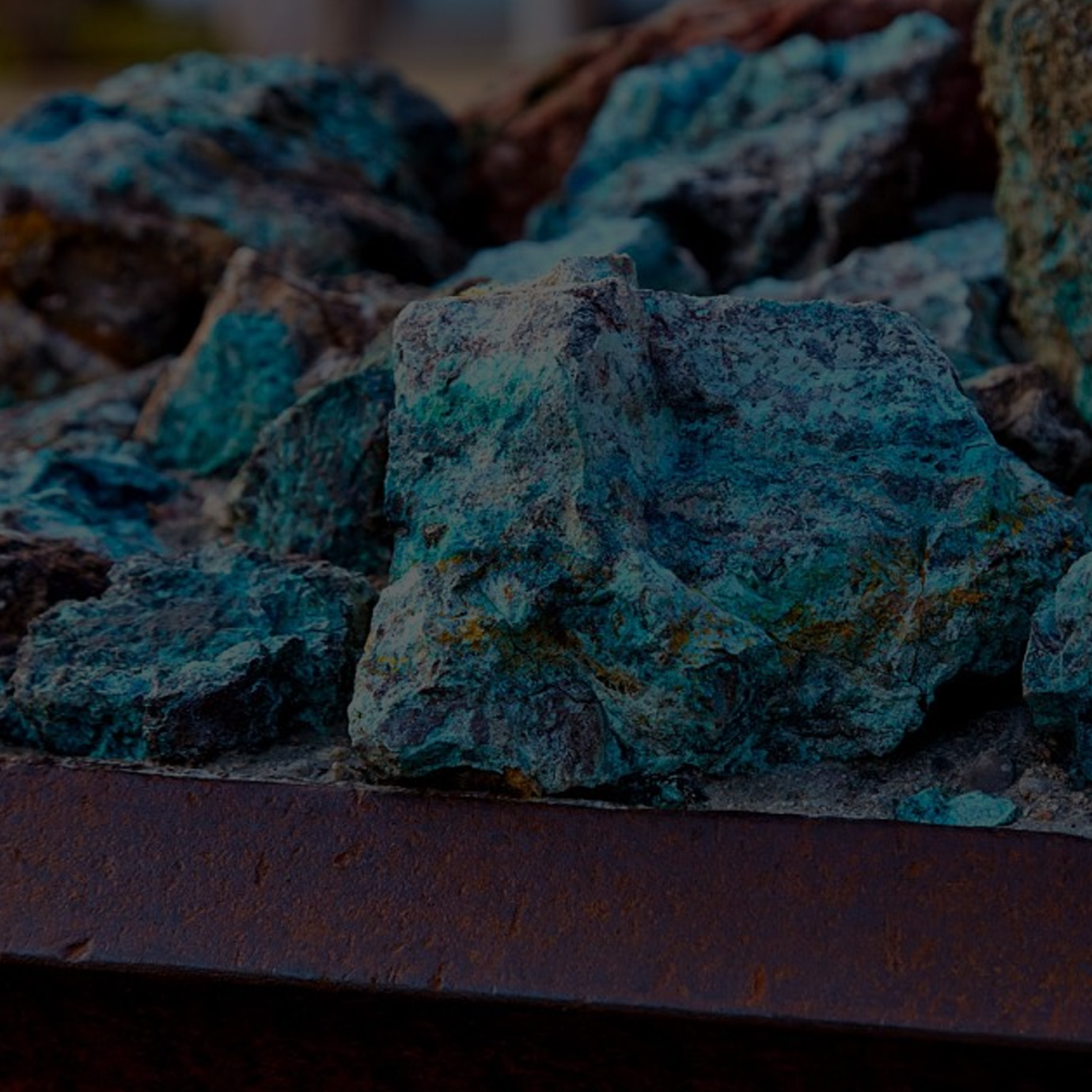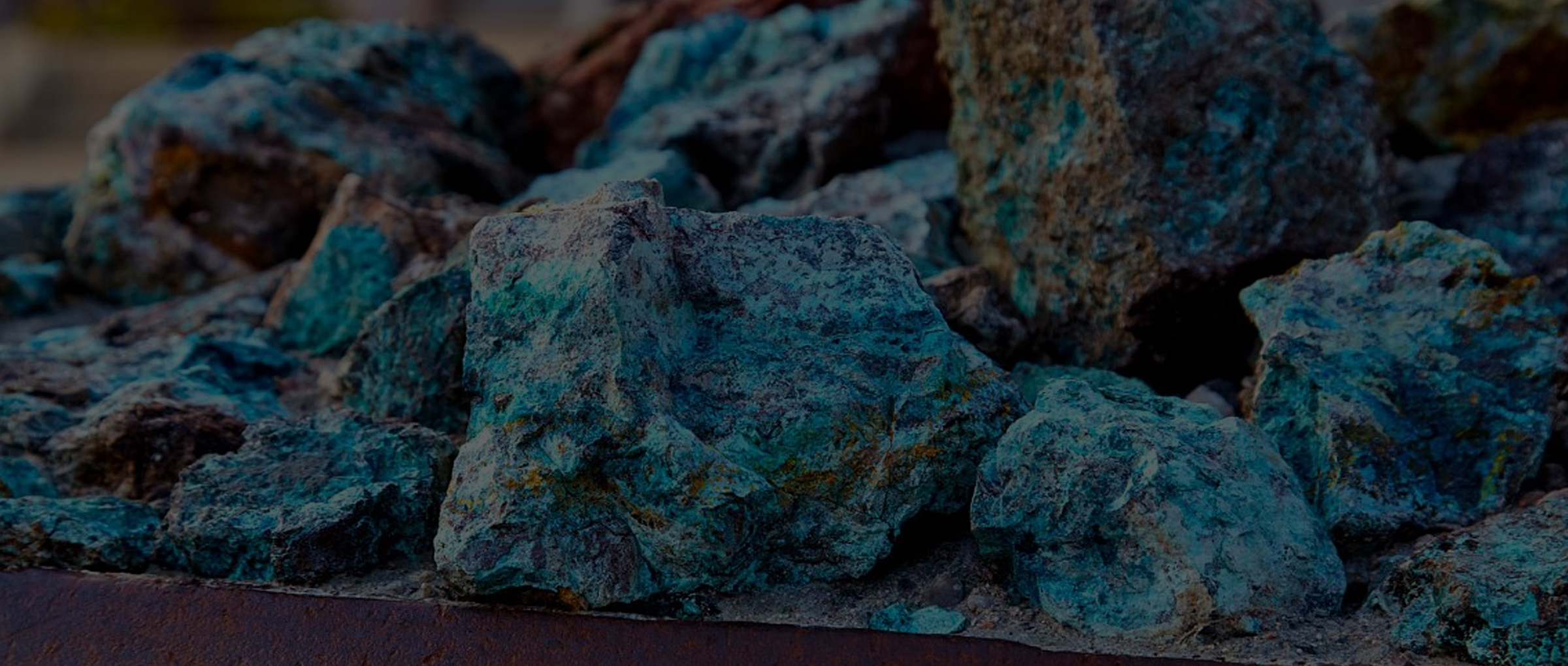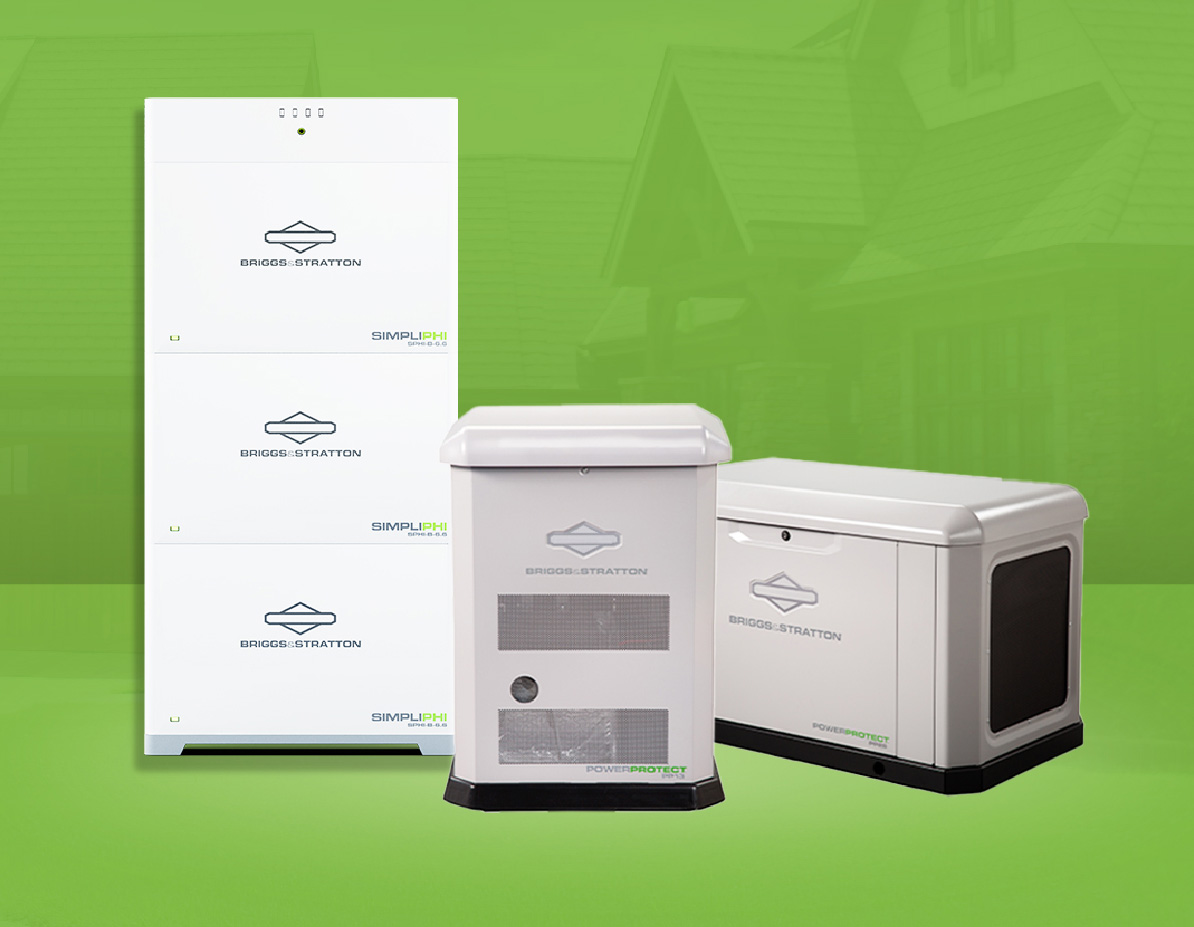The terrible consequences of cobalt mining and usage are both well documented and heartbreaking. Devastating environmental impacts from extraction that render large swaths of land unusable and polluted waterways. Children forced to work in dangerous and claustrophobic ‘artisanal’ mines (a truly sinister euphemism). Toxicity, lung disease, heart failure, and cancer from exposure, even touching the chemical can cause an instant rash.
Cobalt was once deemed a worthless metal, only an indicator that other valuable ores might be nearby. But our increasingly digital lifestyles and the global need to expand the use of lithium ion battery energy storage and electric vehicles is driving surgent demand. Mines are ramping up operations, and entrenched supply chains and gigafactories are being established to move this toxic conflict metal around the world.
In addition, cobalt in a lithium ion battery creates a significant and unavoidable risk of fires. Even when inactive or in standby, cobalt batteries spontaneously ignite, whether they be shoddy hoverboards or high-end, luxury electric vehicles. And as more and more lithium ion batteries are plugged in at our homes and wired directly to the electric grid, the high-intensity duty cycles required of them further exacerbate the problem.
But not all lithium ion energy storage batteries rely on cobalt as a key ingredient. So we have to ask ourselves, knowing everything we do today - if cobalt is so bad, why are some companies choosing to use it in energy storage systems?
#NotAllLithium
First, it is important to point out that using cobalt is a choice.
Even though media reports often gloss over this detail for brevity, the term lithium ion (Li-ion) actually refers to a number of different chemistries, not all of which are reliant on cobalt, and not all of which are toxic and hazardous.
Lithium ion chemistries with cobalt include:
- Lithium Cobalt Oxide (LiCoO2 or LCO)
- Lithium Nickel Manganese Cobalt Oxide (LiNiMnCoO2 or NMC)
- Lithium Nickel Cobalt Aluminum Oxide (LiNiCoAlO2 or NCA)
- Lithium ion chemistries without cobalt include:
- Lithium Ferrous (Iron) Phosphate (LiFePo4 or LFP)
- Lithium Titanate (Li4Ti5O12 or LTO)
Many manufacturers of cobalt-based Li-ion chemistries have suffered through multiple battery recalls, impacting both electric vehicles and stationary energy storage systems. These batteries either had already caught fire - destroying vehicles and property - or manufacturing errors were identified that exacerbated the danger of cobalt and even further increased the inherent fire risk.
Cobalt-based Li-ion battery fires are fast moving and frightening, can happen without warning, and are nearly impossible to extinguish - so you simply have to try and isolate the fire and let it burn itself out. In technical terms this is referred to as ‘thermal runaway’, an innocuous way of saying that the temperature of the battery rises uncontrollably and bursts into flames.
These fires are no joke. A recent event in Surprise, AZ at a large battery installation blew the doors off the building and sent eight firefighters to the hospital. One fire captain is still recovering more than a year later.
So understanding and appreciating these differences between lithium ion batteries is important. #NotAllLithium batteries are the same, and this severe fire risk is relegated to those that employ cobalt.
When comparing differing types of batteries, there are three key technical considerations to keep in mind - chemistry, form factor, and manufacturer. All three are important to understanding the performance, cost, and safety of the final product.
In this series of blog posts we are going to focus on the chemistry of different types of lithium ion batteries, specifically misconceptions and technical limitations of the cobalt-based varieties.
Why do companies use cobalt in the first place?
Cobalt-based Li-ion is currently the dominant technology in the energy storage industry, capturing upwards of 75% of the market. The early ubiquity of cobalt batteries in cell phones, laptops, and other digital devices accelerated learning curves and manufacturing gains, lowering prices almost 80% in the last decade.
In 2017, battery manufacturers around the world consumed more than 40,000 tonnes of cobalt (more than a third of global production) and by 2025 the industry is expected to triple that consumption. The hazards and risk with cobalt will also scale accordingly.
So why use it at all?
Proponents of cobalt-based Li-ion batteries would point to two factors as underpinning their decision - rapidly decreasing prices and relatively high energy density.
In the highly competitive energy storage industry, slight advantages in product margins can make all the difference between companies that stumble and those that thrive. But as you dig into these arguments, do some basic arithmetic, and look to the future, those supposed benefits quickly unravel and you are left with a costly, toxic, fire-prone battery that is being installed in 1,000’s and 1,000’s of homes and businesses around the world, with significant recalls due to fire incidents and safety concerns.
In the first blog entry in this series, let’s take a look at the supposed economic argument for cobalt-based batteries and compare them to alternatives.
Are costs rapidly declining?
As companies consider technology investment or manufacturing expansion, they are looking at both the cost of a product today and the potential for future cost reductions to ensure price competitiveness in the market going forward.
The chart below demonstrates the significant price reductions in the lithium ion industry over the past decade. As noted above though, all Li-ion chemistries are being lumped together into one group in this analysis.
As we break the chemistries out, what we find is that the rate of price declines for the cobalt-based chemistries has slowed by two-thirds and those impressive numbers in recent years are being driven by non-cobalt batteries. In fact, the cobalt-based batteries are actually making gains for other Li-ion chemistries such as LFP look worse. Since 2017, the rate of decline in price for lithium ion battery packs with cobalt has slowed to 6-7% YOY compared to 20-30%+ YOY prior.
One big factor is raw materials make up a larger percentage of the cost of the battery than was previously the case, so fluctuations in material costs now have a much bigger impact. The rapid increase in demand for batteries in electric vehicles since 2010 hit the accelerator for NMC and NCA in particular (cobalt-based chemistries), but those early gains from volume and standardization have now been realized, and going forward provide diminishing returns.
Lithium ferro phosphate (LFP) batteries on the other hand are on the rise, representing about 10% of the stationary energy storage market today but projected to make up more than 30% of the marketplace in the coming years.
Wood Mackenzie analysts predict that by 2030, LFP will be the dominant chemistry for stationary ESS, overtaking both NMC and NCA for power and energy applications. (At SimpliPhi Power, we are a little more bullish)
Both NMC and NCA batteries are popular choices for electric vehicles, and that demand and volume is what helped propel them to also lead in the stationary energy storage marketplace. But the particular needs of a home battery or the performance characteristics necessary for an energy storage system that is grid-connected or managing loads entirely off-grid are significantly different from the needs of an electric sports car.
While the energy storage industry has relied heavily on EV batteries in the past, a shift in performance requirements is quickly reshaping the landscape. Stationary systems often need longer duration, the ability to cycle more over their lifetime, and more consistent voltage and power output compared to their car counterparts.
Additionally, the growing demand from EV’s for NMC batteries in particular has frequently outstripped supply by a large margin. These historical shortages created windows of opportunity for cost-competitive LFP batteries to thrive and demonstrate their economic value proposition, quickly becoming the technology of choice to replace their toxic cobalt-based predecessors.
This new increase in demand has accelerated price declines for LFP batteries - and costs continue to fall much more rapidly than cobalt-based systems.
So looking at the big picture, and separating out the different lithium ion chemistries from each other, it quickly becomes apparent that cobalt-based batteries are already similar in price to non-cobalt chemistries today and that comparison will only get worse for cobalt in the future as LFP prices continue their rapid decline.
But looking at cost alone does not tell the full story, we also have to factor in performance and other characteristics - what is the battery purchased capable of performing, and how does that compare to alternatives?
In that regard, things are even more bleak for cobalt batteries. We’ll dig in on that topic in Part Two next week, available here!




